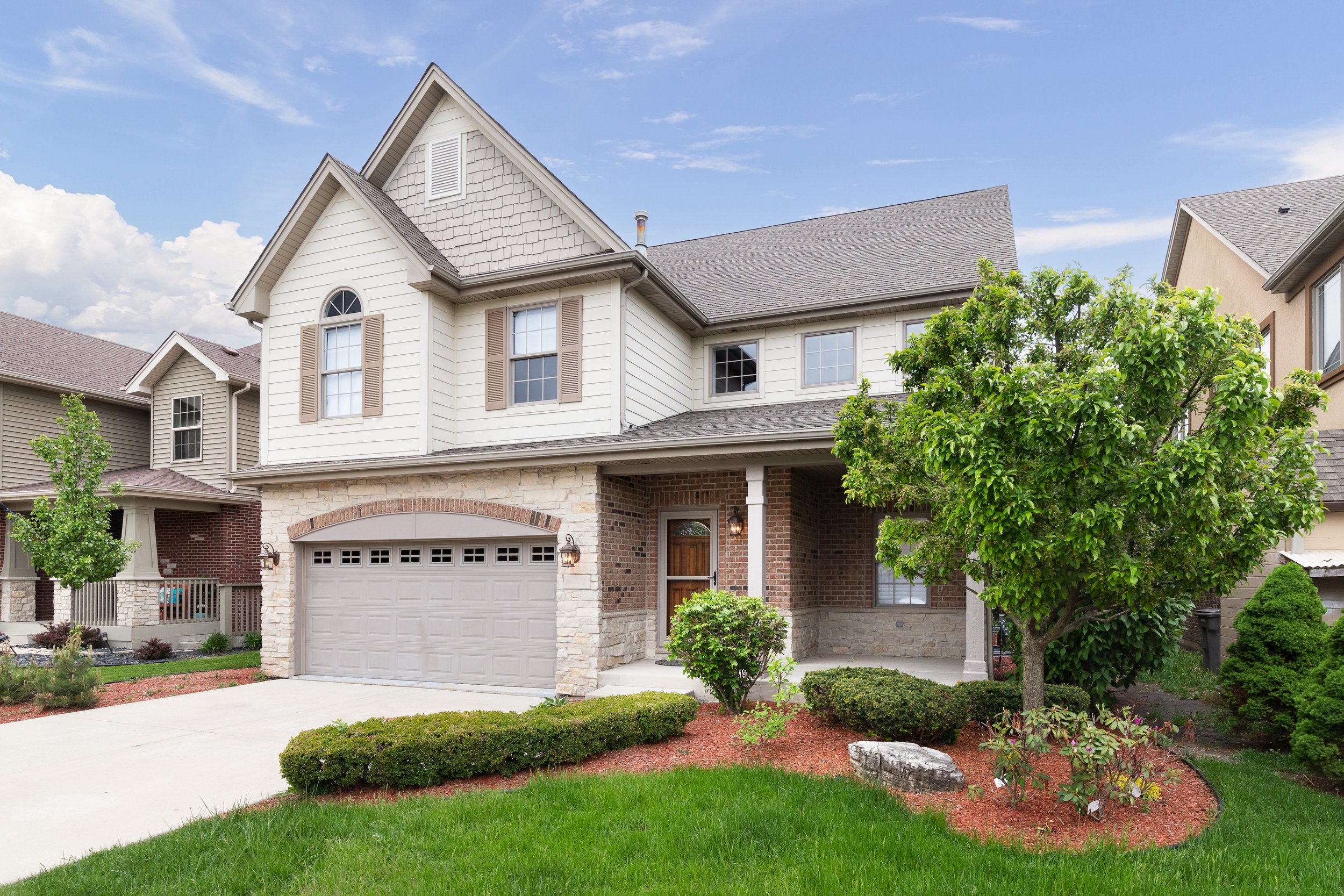Healthy Building Network is out with yet another attack on PVC that’s completely unmoored from reality. This time, they’ve issued some criteria for plastic construction products in order to gain their approval. The problem with the expectations they’ve put forward? No viable building material can meet them.
We thought it might be an interesting exercise to apply their unrealistic standards to non-plastic building materials that would, presumably, be substituted if HBN got their way. Here we go:
“Must be inherently low hazard.” Sounds nice. You’re probably thinking this means that we shouldn’t have hazardous materials in our homes. But what HBN is inferring here is that no “hazardous” materials can be used in the manufacturing process for any building materials, even if the finished product is completely safe. Of course, thousands of perfectly harmless products are made with materials that HBN would consider hazardous. And thousands more materials naturally contain hazardous components. Here are a few of the materials that aren’t welcome in HBN’s fantasyland based on their standard:
Stainless Steel Pipe, Interior Finishes and Furniture - Nickel and Chromium are toxic metals used in the alloy and by definition cannot be eliminated. See ya!
Cork Flooring - Often contains significant amounts of methylene chloride which is highly toxic and a probable human carcinogen. Bye.
Wood Framing, Plywood and Hardwood Flooring - Wood dust is a carcinogen and respiratory irritant that becomes a potential health problem when wood particles from processes such as sanding and cutting become airborne. Chuck it.
Ceramic Tile, Concrete, Granite, Slate, and Brick - On an hourly basis, manufacturers of these common construction products process tons of dry materials containing crystalline silica - a highly carcinogenic substance that is released when they are cut, sanded, carved, etc. Some of this dust may be fine enough to breathe deeply into your lungs and cause harm to your health. Banned.
“Must generate no waste.” We wouldn't want our building materials to be overly wasteful, of course. But HBN is (never) satisfied until they demand the absurd.
…Everything - We assembled a crack team, and we could not come up with a single viable construction material that can be made (or harvested) without any scrap. Let alone one that can be installed without being, say, cut to fit. Caio!
“Must use rapidly renewable resources or waste-derived materials.” Only some species of trees, grasses, hemp, and other crops can meet this criteria. But they either fail HBN’s other criteria or perform dismally in the performance needed for modern construction. You can probably think of dozens of materials that are eliminated by this requirement, but for the sake of consistency we’ll list a few:
Iron and Copper Pipe - Metal ore isn’t rapidly renewable. Later.
Hardwood Flooring - Hardwood trees do not grow quickly. Goodbye!
Stone - Quarried stone isn’t a renewable resource. Adios.
Concrete Foundations and Siding - Not renewable. Vanished.
These criteria would make buildings utterly unlivable by modern standards. Don’t believe us? Just imagine what would be left in your home after you take out the foundation, the framing, the siding, the insulation, the drywall, the flooring, the piping, the wiring, and even the toilet!
So, what’s HBN’s message? STOP USING MATERIALS!

